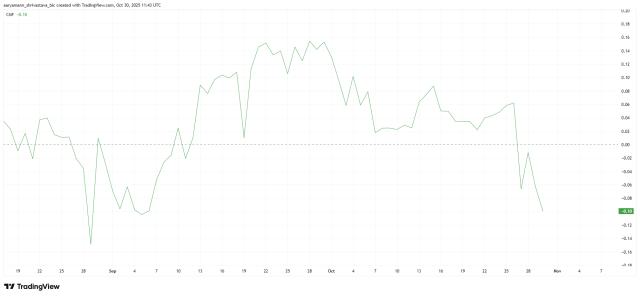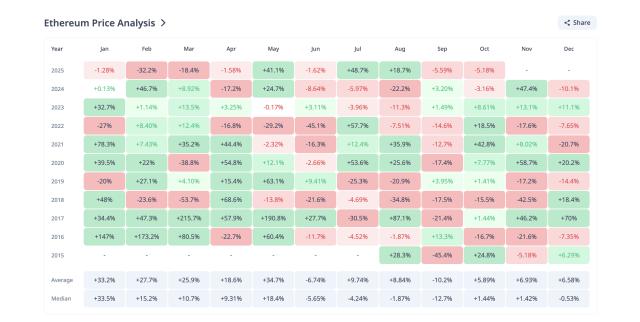As generative AI drives explosive content growth, ensuring these digital creations truly possess value is becoming a key focus across the industry. CodexField, building on underlying infrastructure, is developing a Web3-native system that enables ownership, measurement, and revenue circulation of content, models, and algorithms. This system aims to enable on-chain circulation and settlement of every piece of code, corpus, prompt, or model as an asset through a protocol-based approach.
The core of this system is to transform the production and use of content into verifiable economic behavior. CodexField uses standardized data encapsulation and authorization structures to give content an on-chain identity. Through automated metering and profit-sharing mechanisms, creators, developers, and institutions are rewarded based on their contributions. Based on this principle, the project has launched ecosystem components such as Gitd, Marketplace, and Model Fabric, forming a complete path from content ownership confirmation and authorization to revenue distribution, making content assetization more than just a concept.
At the intersection of AI and Web3, CodexField is building the underlying value foundation for the next phase of the smart economy with a systematic "content as asset" approach. It not only addresses the digital age's need for ownership and profit sharing, but also, for the first time, empowers content creation with measurable and accumulative financial attributes. CodexField has become one of the most structurally representative projects in the content assetization space.
Multi-dimensional signals of rising popularity
At a time when the Web3 industry as a whole is moving towards rational construction, CodexField's market popularity continues to rise, becoming one of the few projects that has broken through the circle at the capital, traffic and application levels.
According to the latest "Hot Index" list released by RootData, a globally recognized data platform, CodexField currently ranks first in global project popularity. This list, widely considered a bellwether for the Web3 industry, uses a comprehensive index calculated based on search frequency, page views, social media reach, institutional search behavior, and on-chain interaction data to truly reflect structural shifts in market attention. The RootData platform has cataloged over 16,000 projects, 10,000 investment institutions, and 8,800 funding rounds, processing an average of 4.2 million search requests per month and serving over 2 million Web3 users. Reaching the top spot in such a large sample size demonstrates the synergy between CodexField's ecosystem popularity, user growth, and investor interest.
This upward trend is not only reflected in the ranking data, but also in multi-dimensional market actions and ecological signals.
Globally, CodexField has established strategic partnerships with Gate Web3 Wallet and KuCoin Web3 Wallet, forming a two-way synergy of "RWA infrastructure x traffic portal." The former provides CodexField with a traffic portal serving tens of millions of users, while the latter, through its PoA architecture, complements the wallet's asset value function, establishing a new paradigm of "infrastructure and transaction portal integration." The endorsement of these two major exchange ecosystems has enabled CodexField to reach over 70 million users and launched large-scale airdrop and incentive programs, becoming a core topic of discussion within the Web3 community.
At the same time, CodexField's growth data in ecological operations is also impressive.
The on-chain PoA module has been successfully launched, fully implementing the content assetization and call system. The number of users has exceeded 700,000, and weekly on-chain content asset transactions exceed 1 million. The number of repository creations and commits on the Gitd ecosystem toolchain continues to hit new highs, demonstrating the genuine engagement of the developer ecosystem. On the social media front, CodexField's discussion volume on X (Twitter) and Telegram platforms increased by over 200% month-over-month. Its "content as an asset" narrative has been featured by several top YouTubers, covering major crypto markets such as Turkey, Europe, the United States, Japan, and South Korea.
Interest from investors is also growing. CodexField previously won first prize at the BNB Chain Hackathon and was selected for the MVB Accelerator program, garnering interest from numerous investment institutions. Recent monthly research reports from several investment institutions have listed CodexField as a "key content finance infrastructure to track in the second half of 2025," with a market valuation range of approximately $3 billion to $5 billion, citing its technological maturity and user base as nearing the standards for mainstream CEX listings.
Notably, this growth is built on real ecosystem activity and industry logic. The combination of content ownership, algorithm assetization, and revenue sharing is becoming an emerging value proposition at the intersection of AI and Web3. CodexField's model not only makes content measurable and liquidable, but also addresses the performance and trust challenges of on-chain content through its PoA consensus mechanism.
From chart-topping to global collaboration, from expanding into social networks to institutional following, CodexField's popularity is spreading in a multi-dimensional, resonant manner. While the narrative of content financialization is still in its early stages, it represents a structural change that is being pre-priced in by the market.
The logic behind the popularity
CodexField's rapid rise to popularity is the inevitable product of multiple trends. It reflects the maturity of the narrative of content financialization and verifies the structural resonance between underlying technology and capital logic.
From an industrial perspective, CodexField represents a new era of "content as an asset." Amidst the convergence of AI and Web3, content, algorithms, and models are becoming determinable and tradable production factors. This trend resonates with traditional RWA, which puts real-world assets on-chain, while CodexField promotes institutionalized ownership of digital content and intelligent models. Together, they create a dual-track structure of "physical asset on-chain + digital asset financialization," laying the foundation for the next phase of the decentralized content economy.
From a technical perspective, CodexField's PoA consensus and content receipt system creates a truly closed-loop application. By recording every content call and revenue distribution on-chain, it allows the contributions of creators, developers, and node participants to be measured and settled in real time. This mechanism not only financializes content but also provides the protocol with sustainable economic momentum. The core advantage of PoA lies in replacing pure computing power competition with "availability and quality of service," creating a network structure that is both efficient and governable.
From a capital perspective, CodexField is a sought-after "protocol-based infrastructure" target. As the market returns to rationality, investors and partners are shifting from short-term applications to projects with underlying architectural significance. CodexField's narrative is built on a long-term, effective economic foundation: ownership confirmation, access, profit sharing, and liquidation. As such, it is considered a rare example of "AI content financial infrastructure," capable of carrying ecosystem traffic while also possessing the potential for institutional-level applications.
From a long-term perspective, CodexField's potential value will continue to grow as AI content production capacity expands. As model invocation, algorithm licensing, and content trading become commonplace, the market will require a verifiable, liquidated underlying system. CodexField provides an institutionalized solution in this regard, serving as both the "settlement layer" of the content economy and the "value recording layer" of the intelligent society.
Behind the hype lies a trend being realized. CodexField is reshaping the value boundaries of digital creation through technology and consensus, opening up new possibilities for the future of the Web3 content economy.
For more information, visit the official website, Telegram, X and YouTube.





